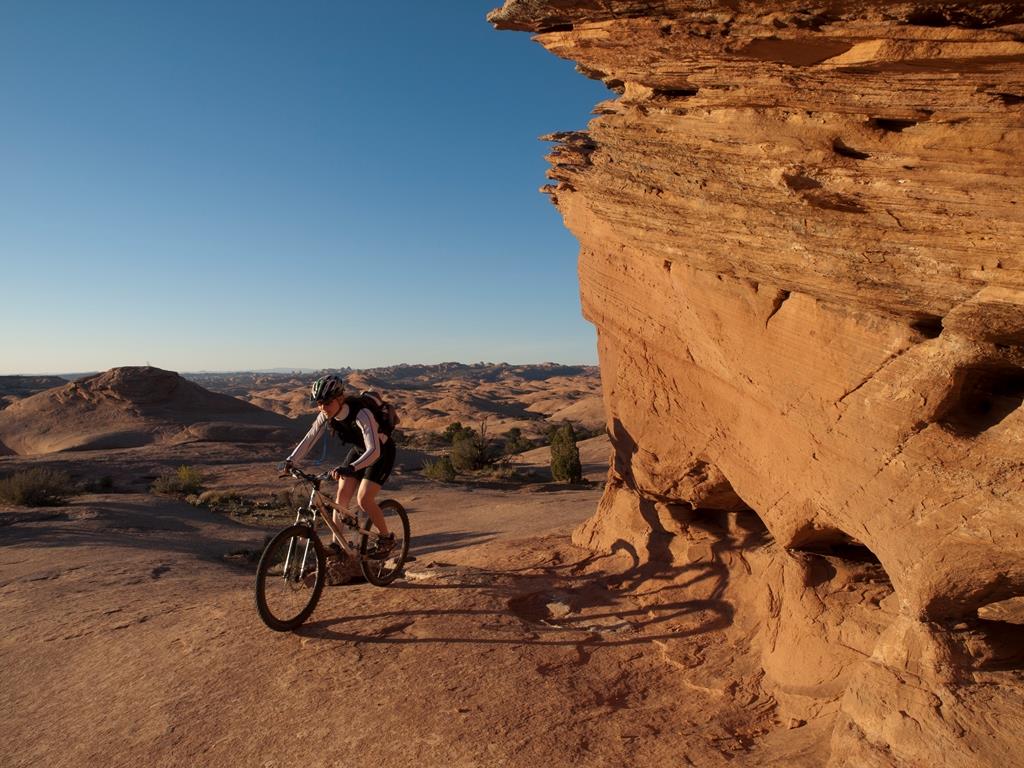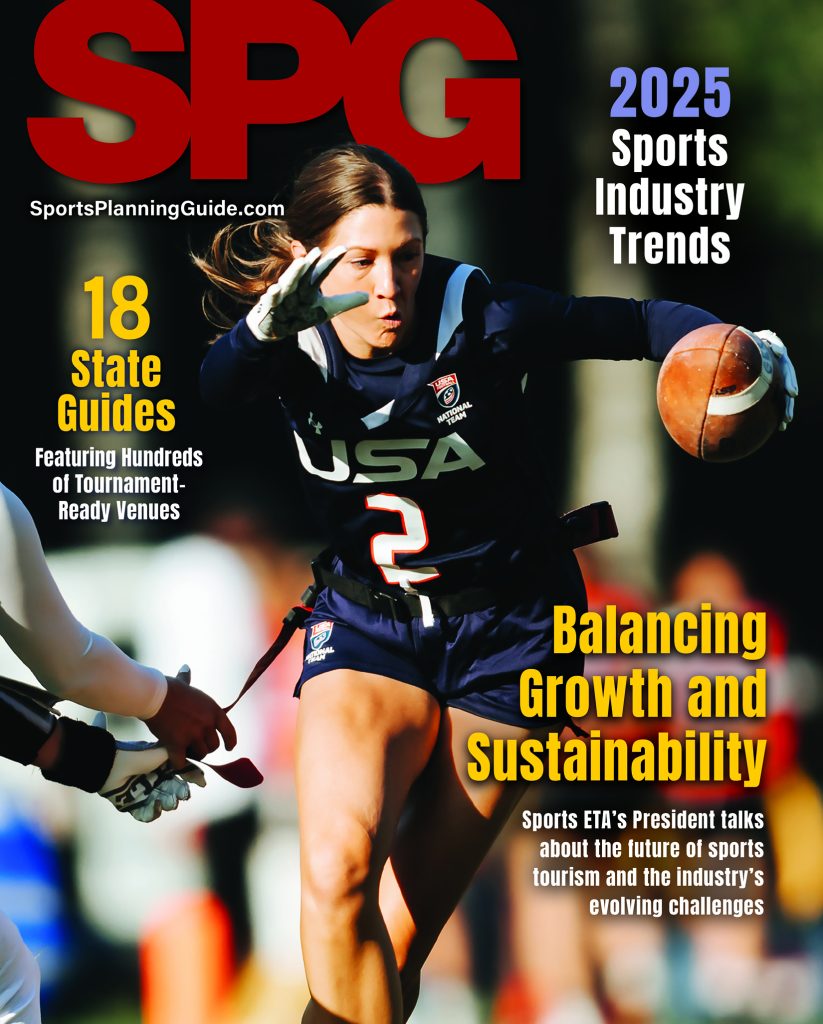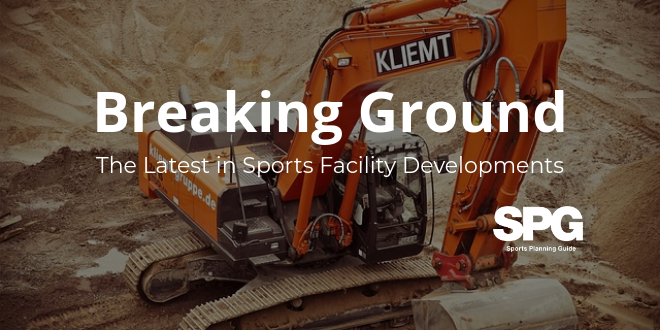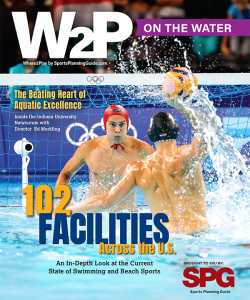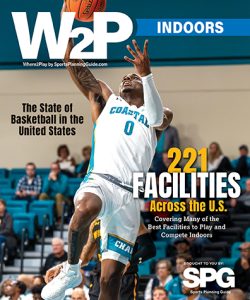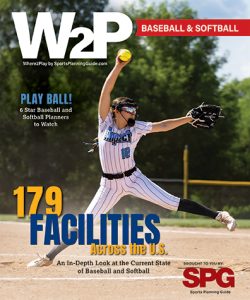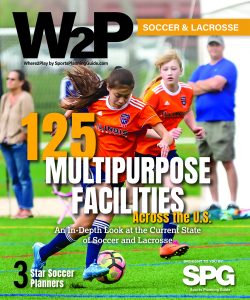- Round Rock, Texas: The Sports Capital of Texas
- Devon, Alberta: Bike Town Alberta
- Indianapolis, Indiana: The Sports Capital of America (primarily motor sports)
- Eugene, Oregon: Track Town USA
- The State of Kentucky – “Unbridled Spirit” and the equestrian capital of the U.S.
- Moab, Utah: The world’s mountain biking capital
Let’s dig in.
Round Rock, Texas. Just north of Austin, Round Rock is home to Dell Computer and has been one of the fastest growing cities in America. With the growth of the city, the city needed to look at ways of diversifying its economic base. So what’s a city to do? Look for other ways to boost the bottom line. That started with finding a focus—their “unique selling proposition.” Their brand.
One of Round Rock’s greatest assets is Old Settlers Park, a 645-acre sports complex that includes 20 baseball diamonds, five softball diamonds, 10 kilometers of running and hiking trails, a first-rate tennis complex, multiple football fields, disc golf courses, a soccer complex and a number of other sports-oriented amenities.
With that as a foundation, Nolan Ryan, the Hall of Fame baseball legend, began developing a minor league team and decided to headquarter it in sports-oriented Round Rock. The team, the AAA Round Rock Express, plays its home games at beautiful Dell Diamond, located in Old Settlers Park. As the farm team for the Texas Rangers, the Express has seen record minor league attendance at its games.
Round Rock’s central location and myriad of first-rate facilities made it a perfect fit to claim the title of “Sports Capital of Texas,” albeit with a focus on amateur and intramural sports versus the professional sports found in the much larger cities of Dallas, San Antonio and Houston.
In 2013 local voters agreed to fund a $14.9-million, 82,800-square-foot indoor sports complex that makes Round Rock the place, year round, to host all things sports-related in Texas.
The key: All successful brands are built on product, not just marketing, and Round Rock clearly “owns” the Sports Capital brand in Texas because
it has the “product.” If ever there was a time to get into the sports tourism game, this is it. Here are three very good reasons:
1. Kids of the Millennials
The millennial generation now outnumbers the baby boomers. While the boomers had their kids in their 20s, the Millennials are having children
in their 30s and early 40s. These kids are now arriving at T-ball age. This presents a huge and growing young population—the next big wave. It is just now starting to heat up with sports activities as a core driver.
2. Multi-generational Travel
The fastest growing trend in tourism is multi-generational travel. The career-driven boomers carry a guilt complex and have a new mission in life: “We may not have been there for our kids, but by gosh, we’re going to be there for our grandkids.” These boomers will travel just about any distance to attend their grandchildren’s first T-ball game or dance recital, or watch them compete in just about anything from BMX and equestrian events to track and field sports. The boomers don’t always stay with their kids and grandkids, but they are filling high-end hotels. They eat at nice restaurants and spend plenty of time with the kids and grandkids in “complementary” activities—local zoos, attractions, recreational activities and shopping excursions. And guess who’s generally footing the bill? Yep, the grandparents.
3. Soccer is Arriving
Soccer, the largest field sport on the planet, is beginning to really gain steam in the U.S. With America capturing the FIFA Women’s World Cup Championship, you can count on soccer continuing to pick up steam. By the way, soccer is the sport of the millennial generation in the United States. In Canada, hockey will always reign supreme. So, should you get into the sports tourism game?
Here are the six things you need to be successful as a sports destination, and every state or province should have a sports capital.
1. Location
You should be centrally located. Eugene, Oregon, “Track Town USA,” is positioned perfectly, as is Round Rock. In fact, 90 percent of the Texas population lives within a two-and-a-half-hour drive of the city. That makes it ideal for intramural sports tournaments with teams coming from around the huge state of Texas. If you’re not centrally located, can you win? Absolutely—if you narrow your focus to being the capital of a niche sport: archery, sports training facilities, swimming and aquatic sports, racing (motocross, NASCAR), equestrian, single-track mountain biking and other sports that require specific types of terrain or weather (think skiing). The small town of Devon, Alberta (population 6,500) is located just 20 minutes from Edmonton, a city of a million people. Yet Devon is home to 30 kilometers of paved biking trails, including riverside trails, gear-grinding hills, and easy trails. Its focus is getting people to strap their street bikes on the backs of their BMWs, then drive out to Devon for some serious road-biking. The brand? “Bike Town Alberta.” The tag line: “Grab life by the handlebars.” While Devon is not centrally located, it “owns” the road-biking brand. In fact, the small town hosted Stage 2 of the Tour of Alberta in 2014, a major Canadian road bike race. Nearly year-round you’ll see bikers, in full biking regalia, wheeling through Devon.
2. Convenience
You need to make sure your facilities are grouped together and not spread out all over town. Convenience is the name of the game, and it’s what really helped cement Round Rock’s position as the Sports Capital of Texas.
3. Sharing
Nearly all community sports facilities have been developed and paid for by local citizens through local taxes. Are they willing to share them with visiting teams, and for multi-day tournaments? This makes for a fine balancing act between local use and tourism.
4. Competition: How Do You Stack Up?
Can you out compete neighboring cities and towns that also have sporting facilities? Having three baseball diamonds doesn’t make you a shoe-in as the next sports capital. Do you have more soccer fields? First-class indoor facilities? Or are your facilities clearly better? Branding is the art of differentiation, so you must make sure that if you claim the sports brand, you clearly have different, better, bigger or more facilities than your neighbors. Nearby Pflugerville has more soccer fields than Round Rock, so they make a great “partner” in the Sports Capital brand. The more you have to offer collectively, the farther people will travel and the longer they will stay. Look to creating partnerships with neighboring towns and facilities—and remember that convenience is crucially important.
5. Specialization
Start with a niche and then expand it over time. Start by being the Soccer Capital or Bike Town and then add “extensions,” or other sports, to the brand. Eventually you’ll become the undisputed sports capital with a sustainable “brand” that can last for generations.
6. Monetizing It
The number one activity of visitors, in the world, is shopping, dining and entertainment in a pedestrian-friendly intimate setting—downtowns. This is where 80% of all non-lodging visitor spending takes place. It’s why Disney has Downtown Disney outside each of its parks. With sports tourism there’s lots of downtime, so your downtown shopping and dining is very important. Seventy percent of all consumer retail spending takes place after 6 p.m. This is even truer in sports tourism since most games are day games with visitors looking for things to do at the end of the day. Are you open? If you can’t effectively monetize your sporting facilities, then you’ve got some work to do!
The bottom line: Sports is the fastest growing leisure-time activity in North America. Find your niche in the sports tourism game and promote it like crazy; create your sporting brand. And, if you deliver on the promise your brand represents, you’ll win, big time.
By Roger Brooks

